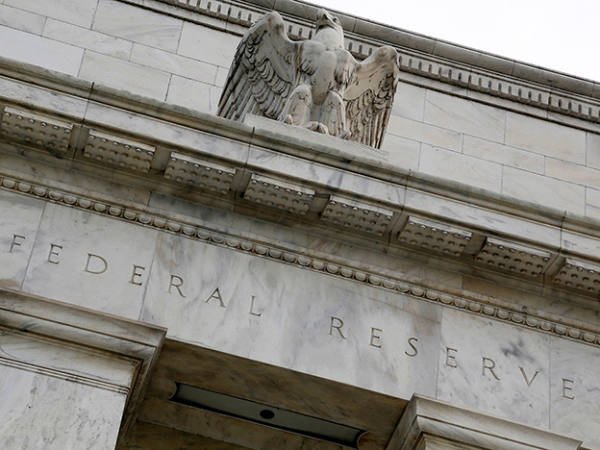UK economic growth has almost ground to a halt. The Office for National Statistics (ONS) could say next week that real GDP barely grew at all in the second quarter.
This will be partly a blip. Activity was boosted in the first quarter by companies building up stocks in anticipation of a messy Brexit in March. That led to them de-stocking in Q2, which depressed activity.
We’ll see this pattern in trade figures. Friday’s figures will show that the deficit fell sharply in the second quarter as imports fell back following a big rise in Q1.
De-stocking, however, is not the only thing holding back the economy, as other figures next week will show.
For one thing, our main trading partner – the eurozone – is still weak. Purchasing managers on Monday are likely to confirm that service sector activity slipped back in July. And official figures from Germany could show that although industrial production has levelled off in the past two months, it was around 1.3 per cent lower in the second quarter than in the first. Such weakness is holding back UK exports; Friday’s figures will show that these are lower than a year ago in volume terms.
Also, the services sector is still weak: purchasing managers are likely to say on Monday that it barely grew at all in July.
What’s more, capital spending is still sluggish. Friday’s figures could show that business investment flat-lined again in Q2. This means it is slightly lower than it was in 2015. Uncertainty about Brexit is causing firms to delay some investment projects. But this is not the only reason for such weakness.
We’ll also see signs of weakness in the housing market, with the Halifax and RICS both reporting no growth in prices lately. There might, however, be signs of stabilisation here. The The Royal Institution of Chartered Surveyors (RICS) could confirm last month’s survey, which showed increased interest from new buyers and a leveling off in both sales and prices. It’s difficult, though, to see prices rising very much whilst houses remain unaffordable.
In the US, official figures are likely to show that job vacancies remain extraordinarily high: at 7.3m they far exceed the six million who are (officially) out of work. This means some jobs are becoming hard to fill; the figures could also show that new hires have fallen lately. In principle, this should put upward pressure on wages and on productivity, as firms try to eke more output from existing staff numbers. Curiously, though, neither is happening to the extent one would expect.










